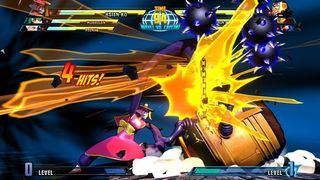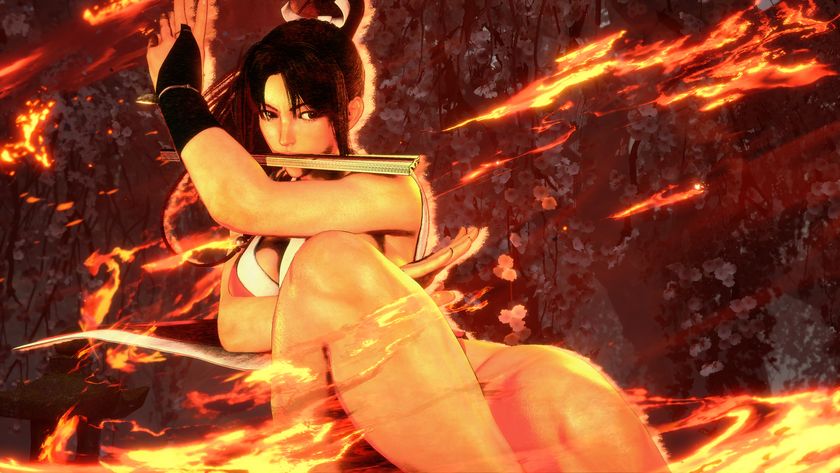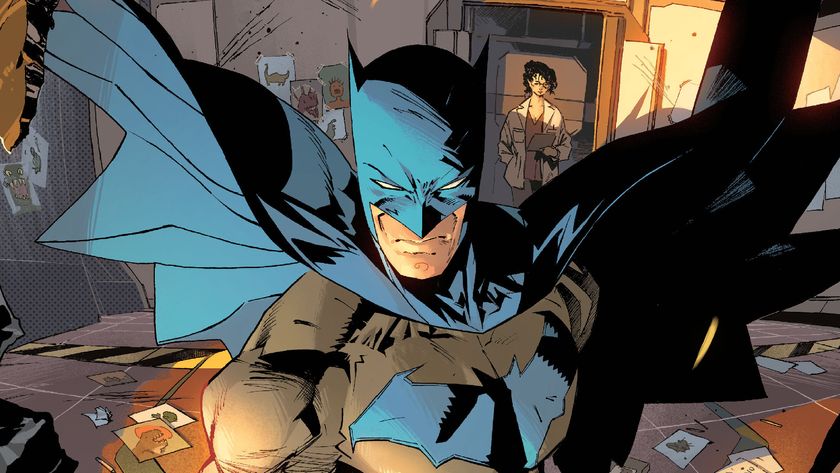Marvel vs Capcom 3 Beginner's Guide
MvC3 can be complicated to newbies, here's a quick run down of the basics
It's finally here! Capcom's excellent sequel to the legendary MvC2 has arrived, and it's time to get down to business. After you're done mashing buttons and watching your favorite characters make loud noises and bright colors, you might want to consider taking the game a bit more seriously so you can actually win a match or two.
That's where this guide comes in; here we'll take a quick look at the basics of MvC3 so you can quickly make the transition from hopeless scrub to slightly less hopeless scrub. We'll have some more advanced tactics in the near future, butin the mean time, may all your mustaches be curleh and your scoops be Haggen-Dazs!
Normal Moves

Note: This is a general overlay of most characters moves, some characters’ individual moves may deviate from these descriptions, particularly in regards to the S attack.
Light (L): Normally a fast, low damage attack with short range
Medium (M): Slightly slower but does more damage, increased range over L
Heavy (H): Longest reach, most damage and stun, also the slowest attack.
Special (S): Varies from character to character, but is usually a slow, large radius attack like H.
More importantly, most characters’ standing or crouching S attack will launch the opponent into the air, allowing the player to perform air combos on them. This attack is sometimes called a Universal Launcher.
Combos

Unlike Street Fighter, MvC3 is based almost entirely around combos, especially combos that involve more than just your active character. The basic idea behind a combo is that the player is stringing together a set of moves that are timed in a way as to be unblockable once the first hit has occurred. This is possible because every successful attack cause Stun, an animation where the opponent reels or winces after being hit. Any attacks chained together within this window, including assist attacks,are considered combos.
Basic combos in MvC3 are not difficult, L L M H S works with virtually all characters in the game, while more complicatedcombos involve juggling opponents in the air, multiple assist attacks, Hyper Combosand even multiple character changes.
Assists And Active Characters

Another big change between traditional fighting games and MvC3 is assist attacks. Only one of your characters may be “active” at a time, but your 2 other characters may perform assist attacks to help. During character selection the player must chose one of 3 assist type attacks for each of their characters. Figuring out which assist attacks work best for your team is an incredibly important part of MvC3, and evenmediocre characters can be extremely useful if their assist attack is good enough.
Assist attacks are useful because they create special opportunities to extend combos or patch up holes in a character’s offense or defense. For example, a slow, heavy-hitter like Hagar might benefit from a projectile based assist, as he has few long range options. After an assist attack is used it must be given a few seconds to recharge before it can be used again. It’s important not to spam assists wantonly though, as assist characters can be hit and damaged while they’re on the screen.
Sign up to the GamesRadar+ Newsletter
Weekly digests, tales from the communities you love, and more



